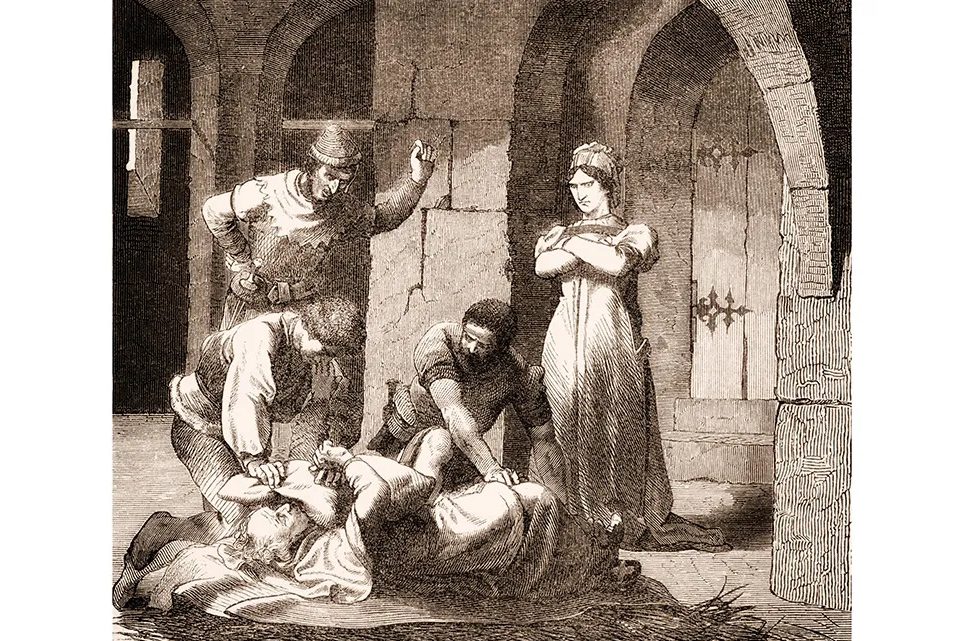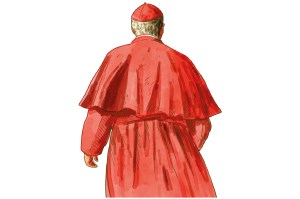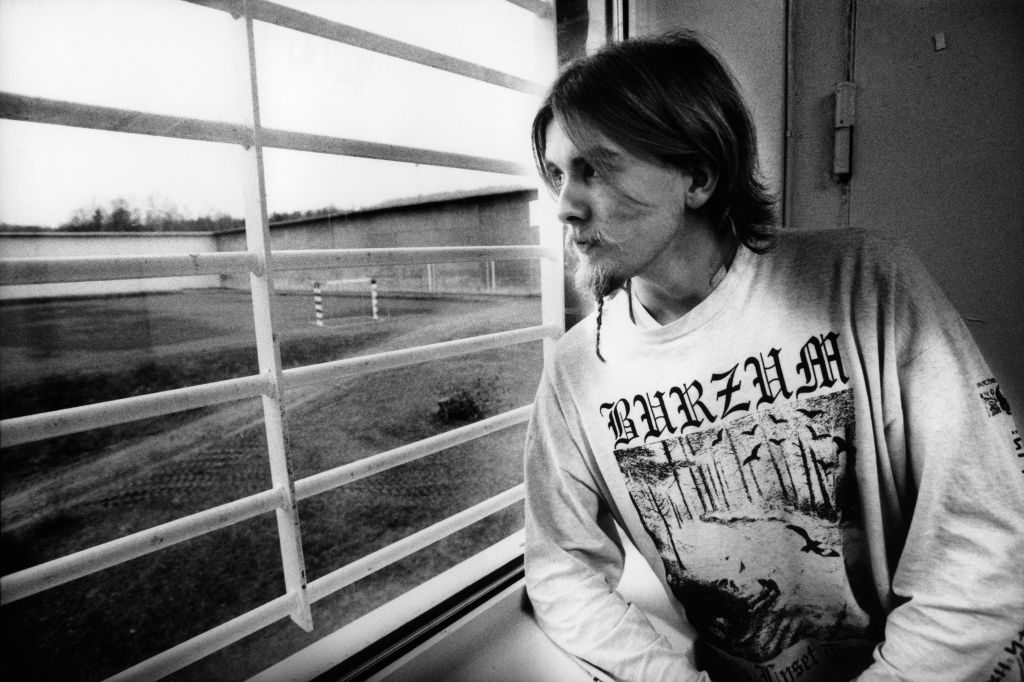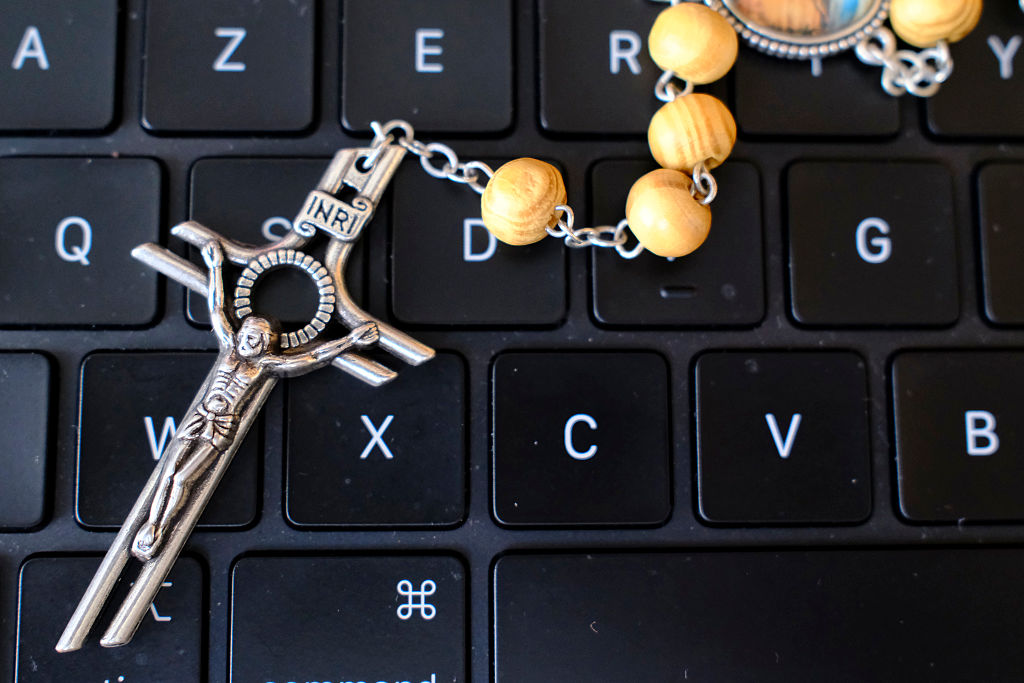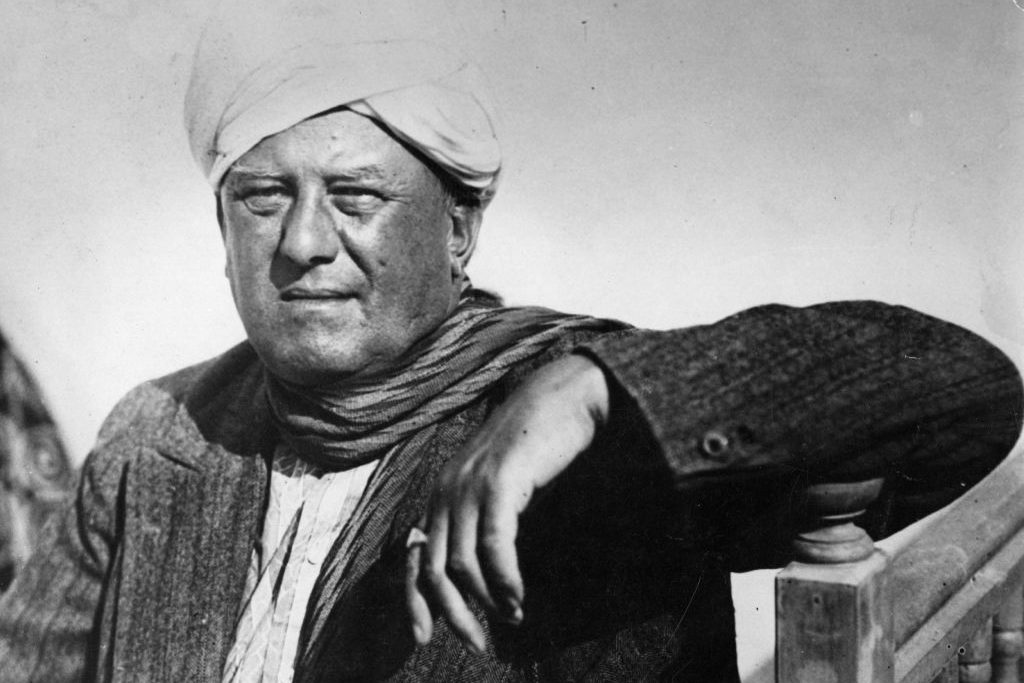Rome in the first century AD pulsated with religion. The knowledge that they lived in a sacred city, protected by the gods, permeated the daily lives of its citizens. They would see oxen being led down cobbled streets to be sacrificed on marble altars or offerings of incense and wine being made when the gods or the emperor demanded. There were constant religious festivals. At the Lupercalia, childless women were beaten with goatskin thongs that promised fertility; at the Saturnalia, Romans shed their togas, drank heavily and gambled. Even non-citizens and slaves were obliged to take part in these religious ceremonies.
In the darkened rooms of brick-and-stone tenements in the poorer quarters, others practiced alien faiths, brought by the many traders from the far corners of Rome’s enormous empire. The Persian god Mithras had gained a firm footing; Serapis and Isis, whose acolytes completed their rituals by leaping into the Tiber, had arrived from Egypt. Then, in the middle of the century, bearing the Christian message, came the apostle Peter — the first of 266 popes stretching in an almost unbroken line to the present day.
Jessica Wärnberg’s book tells not only the story of these popes but that of Rome, its people and the events that affected them. Packed densely with fact, and not aided by the somewhat random chronology, it is often indigestible, although as a history of the Catholic church it is well worthwhile. Just about everything is here, from the conversion of the Emperor Constantine in 312 to the declaration of the pope’s infallibility when speaking ex cathedra in 1870.
Benedict VI was strangled by one of his own priests in a cell in Castel Sant’Angelo
By the late fourth century, the papacy was well established. In a city where pleasure was paramount — there were 177 days given over to various games every year — Christianity was not only legal but fashionable. The tomb of St. Peter was now sheltered by an imposing basilica, to which some of the richest and most aristocratic ladies of Roman society would come, cloaked in red and borne on litters surrounded by pious eunuchs. “The wider Christian church was taking shape,” writes Wärnberg, “as philosophers and theologians grappled with the true interpretation of Christ’s teachings and the theological feuds that rumbled through the empire.” At the heart of this empire was Rome, and at the heart of Rome was its bishop, as the pope was then known.
His influence was enormous. When Attila the Hun marched on Rome in 452, Pope Leo I managed to persuade him to turn back. He also struck a form of deal with the (Christian) Vandals in 455, so that although they comprehensively sacked and looted Rome for two weeks there was comparatively little violence or destruction. After the crumbling of the empire in 476, as Rome gradually struggled to its feet, so the influence of the Christian church spread. When Leo III crowned Charlemagne in St. Peter’s Basilica on Christmas Day, 800, this melding of earthly and spiritual power saw the emergence of the Holy Roman Empire, soon to become the most powerful force in Europe, with the pope second only to the emperor in status.
But being pope could be dangerous. So huge was the wealth, power and influence of the papacy that the élite families of Rome vied to put forward their candidates, rivalries which often led to violence and scandal. Stephen VI was kidnapped, imprisoned and strangled; John X was suffocated with a pillow; John XIII (965-72) was made a prisoner, while the next pope, Benedict VI, was also strangled — by one of his own priests — in a cell in Castel Sant’ Angelo.
Sex was also a source of disrepute. Sergius III, who had seized the papacy, had a son who would become pope in his turn as John XI, while the twenty-seven-year-old John XII suffered a stroke while in bed with a married woman. Swirling rivalries, political turmoil and growing unrest and pressure from the French king who had secured his election caused the French-born Clement V to move the papacy from Rome to the small papal state of Avignon — described by the poet Petrarch as “a new Babylon,” For the Roman people — so dependent on the pilgrim tourist trade — it was a financial disaster. After seven more French popes, Gregory XI, also a Frenchman, finally moved the papacy back to Rome in 1377, largely to secure the papal states there, excommunicating many of his enemies in the process. He died the following year. As sixteen cardinals debated his successor, a mob broke into St. Peter’s, looted the store rooms of their plentiful provisions and demanded that the next pope be a Roman, or at least an Italian, or they would murder the cardinals.
The fifteenth and sixteenth centuries saw the rise of the colorful and unscrupulous Borgias and Medicis, the glories of Renaissance art and the ghettoization of the city’s Jews, stripped of all their rights by a Papal Bull. They remained in the ghetto for the next 300 years. The same pope, the austere Paul III, brought in the Roman Inquisition, chiefly to combat Protestantism. Rome and its papal authority must reign supreme. When Queen Christina of Sweden renounced her throne and Lutheran faith to become a Catholic the following century, her arrival in Rome was greeted as a triumph, although she soon blotted her copybook by falling hopelessly and publicly in love with a cardinal.
This turbulent history continued almost to the present day, with the glorification of la dolce vita in post-war Rome echoing the hedonism of the ancient Caesars and their successors. Yet the attempted assassination of John Paul II in 1981 made Romans realize how much they valued their pope. Although most of the world’s billion-plus Catholics live outside Europe, Rome and its pope remain inextricably intertwined.
This article was originally published in The Spectator’s UK magazine. Suscribe to the World edition here.



